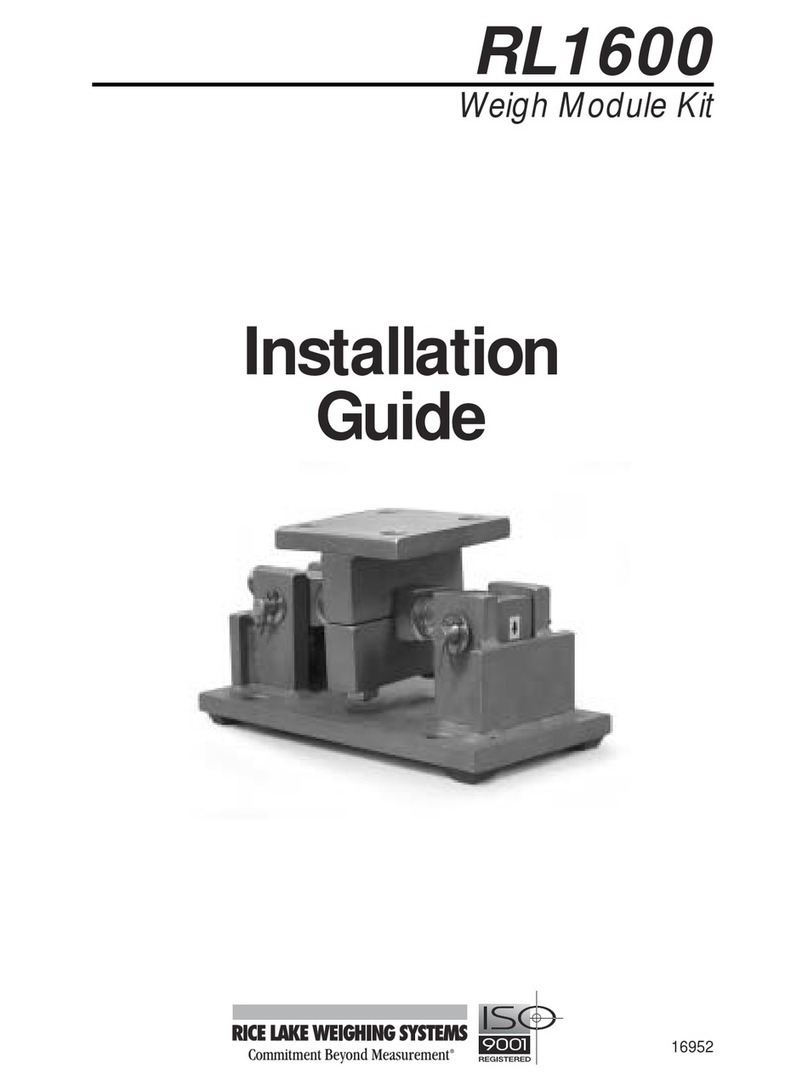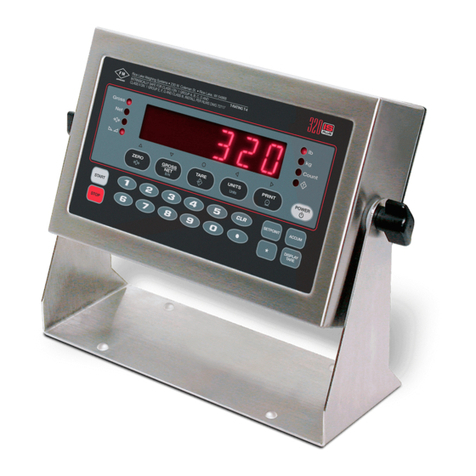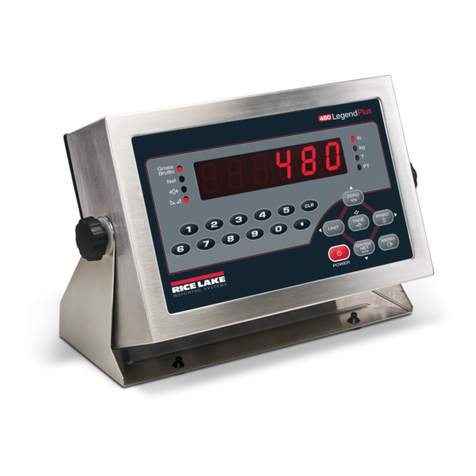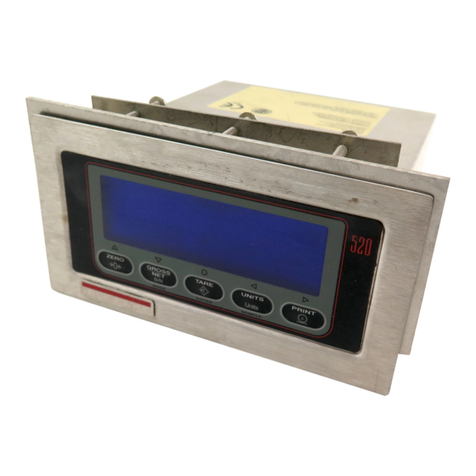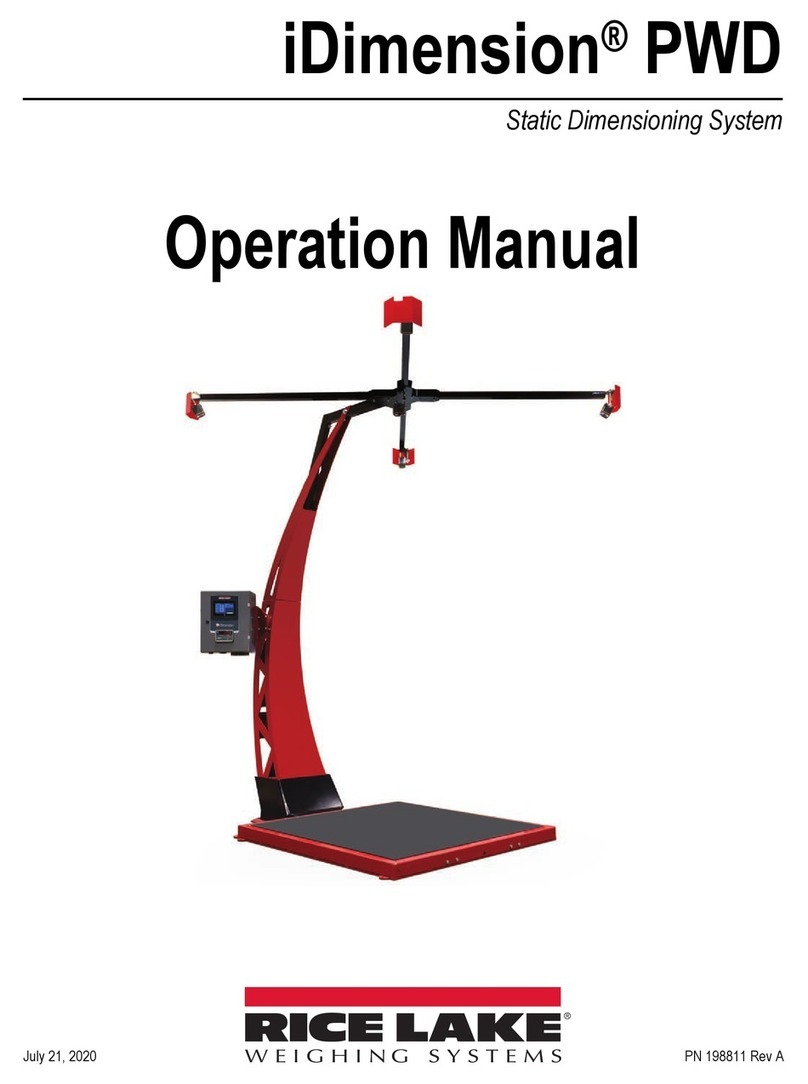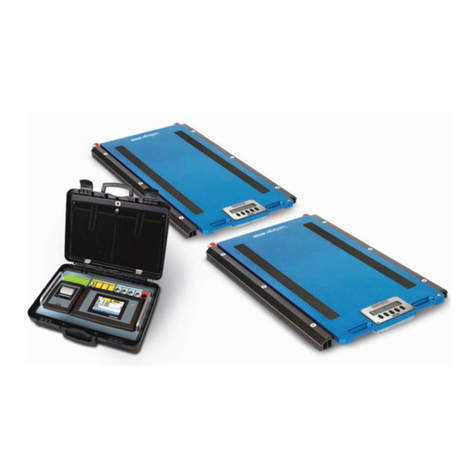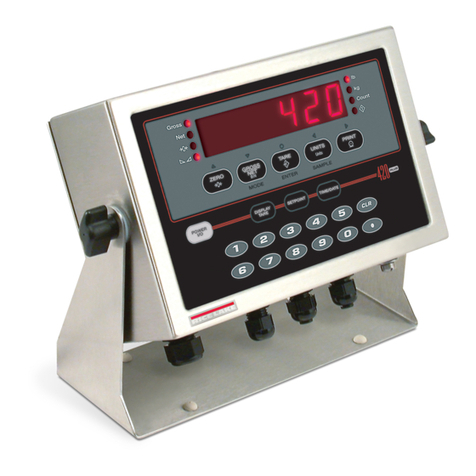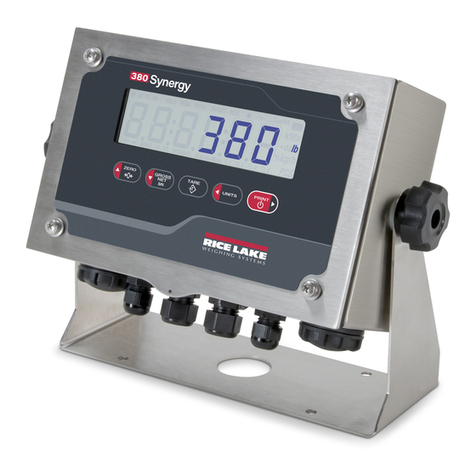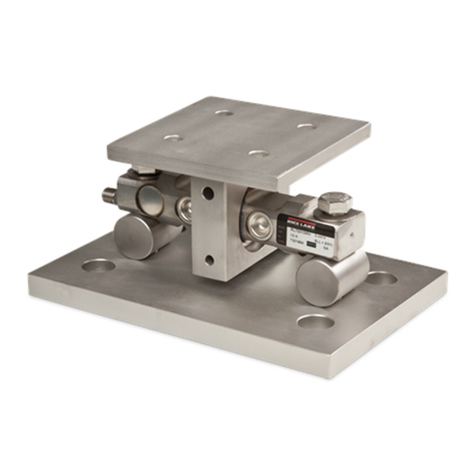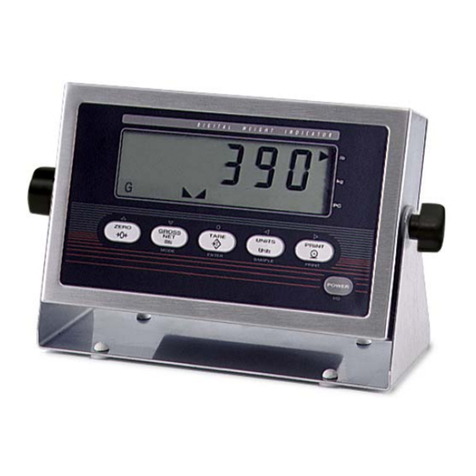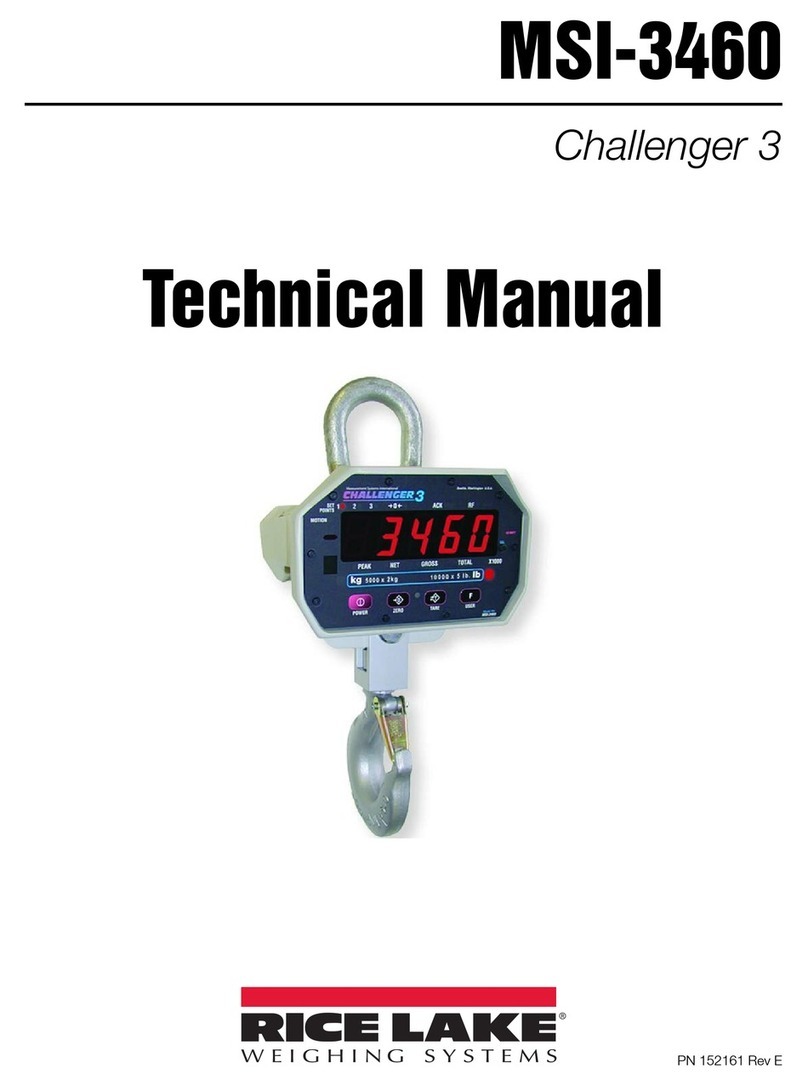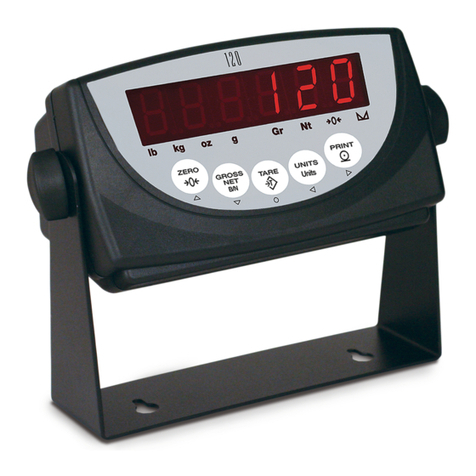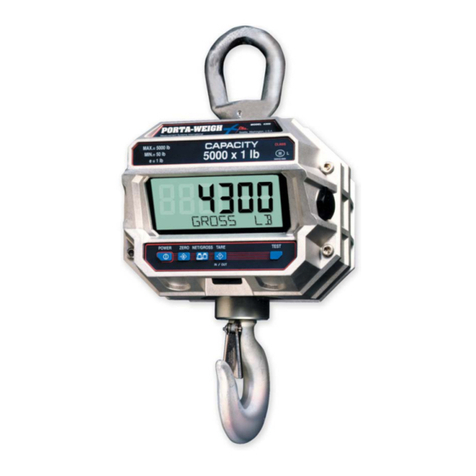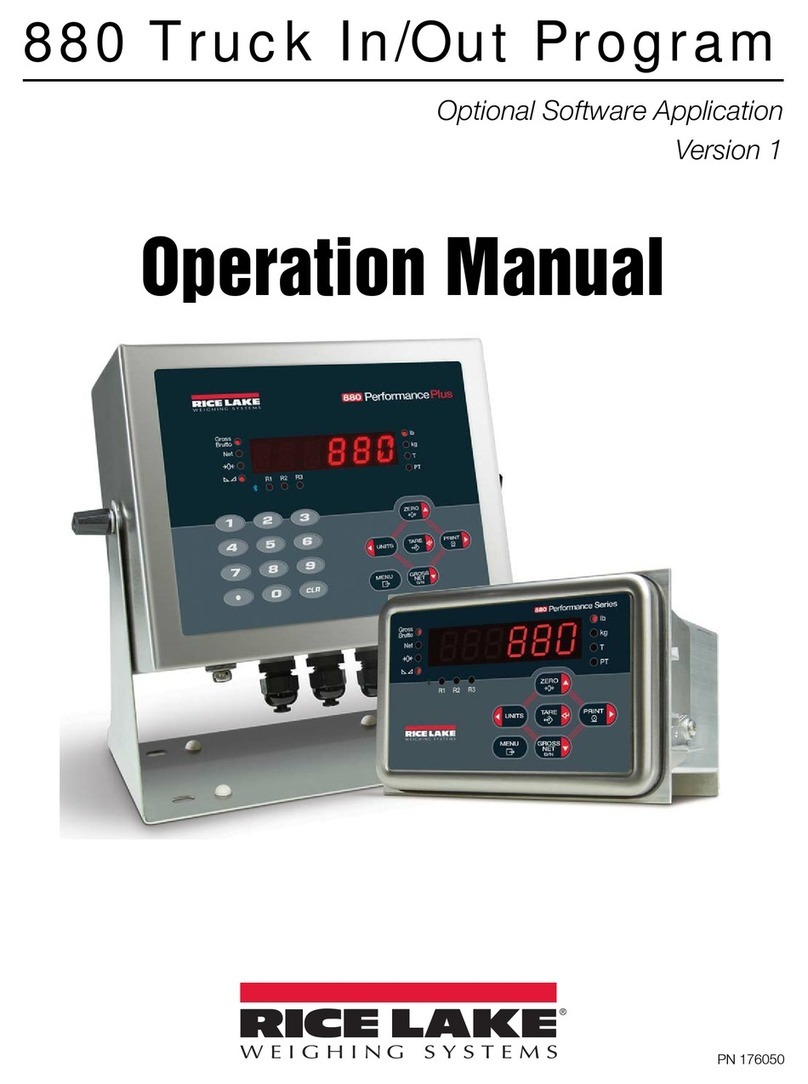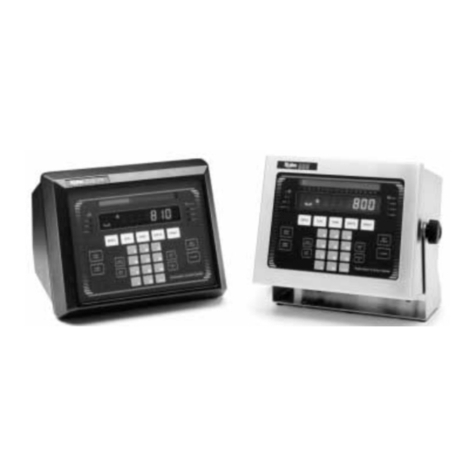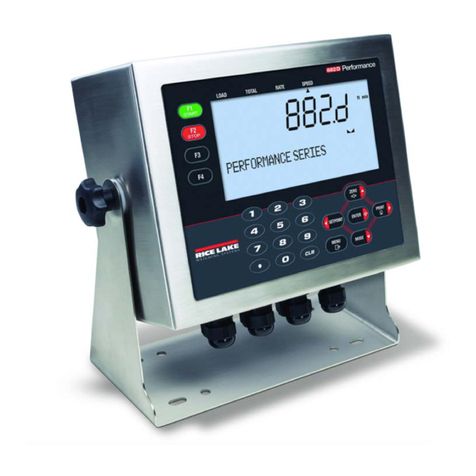
Introduction 1
1.0 Introduction
The Ethernet option provides the ability to connect a crane scale directly to a PC, a corporate network or the Internet.
The Ethernet option is available as either wired 10/100Base-T or wireless 802.11b network interface. Communication
with the scale is accomplished with Ethernet TCP/IP protocol, bypassing the more complex serial communications
of RS-232.
Manuals can be viewed or downloaded from the Rice Lake Weighing Systems website at www.ricelake.com
1.1 Safety
Safety Signal Definitions:
Indicates an imminently hazardous situation that, if not avoided, will result in death or serious injury.
Includes hazards that are exposed when guards are removed.
Indicates a potentially hazardous situation that, if not avoided could result in serious injury or death.
Includes hazards that are exposed when guards are removed.
Indicates a potentially hazardous situation that, if not avoided, could result in minor or moderate injury.
Indicates information about procedures that, if not observed, could result in damage to equipment or
corruption to and loss of data.
General Safety
Do not operate or work on this equipment unless this manual has been read and all instructions are
understood. Failure to follow the instructions or heed the warnings could result in injury or death.
Contact any Rice Lake Weighing Systems dealer for replacement manuals.
Failure to heed may result in serious injury or death.
Do not allow minors (children) or inexperienced persons to operate this unit.
Do not stand near a load being lifted as it is a potential falling hazard. Keep a safe distance.
Do not use for purposes other then weight taking or dynamic load monitoring.
Do not use any load bearing component that is worn beyond 5% of the original dimension.
Do not use any associated lifting product if any of the load bearing components are cracked, deformed, or show signs of
fatigue.
Do not exceed the rated load limit of the associated Scale/Dynamometer unit, rigging elements, or the lifting structure.
Do not allow multi-point contact with the hook, shackle, or lifting eye of the associated Scale/Dynamometer unit.
Do not allow high torque on the Scale/Dynamometer unless it is specifically designed for high torque.
Do not make alterations or modifications to the unit or associated load bearing devices.
Do not remove or obscure warning labels.
For guidelines on the safe rigging and loading of overhead scales and dynamometers, read the Crane Scale Safety and
Periodic Maintenance Manual (available at www.ricelake.com).

